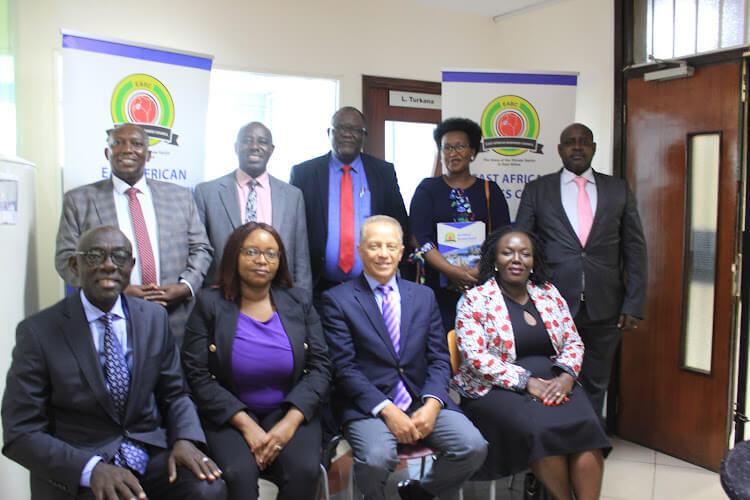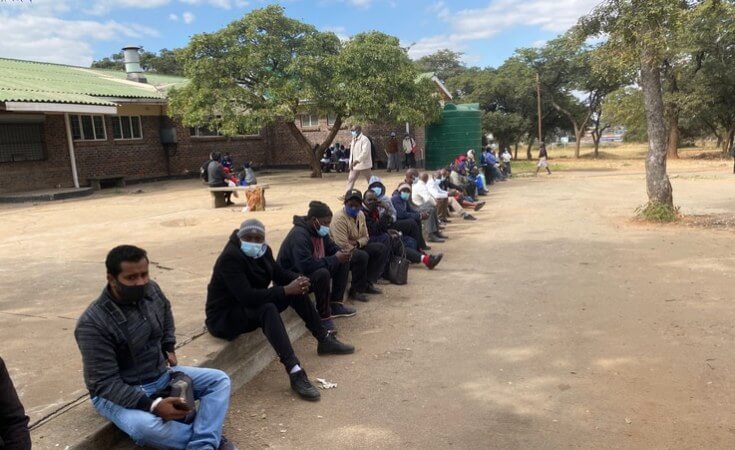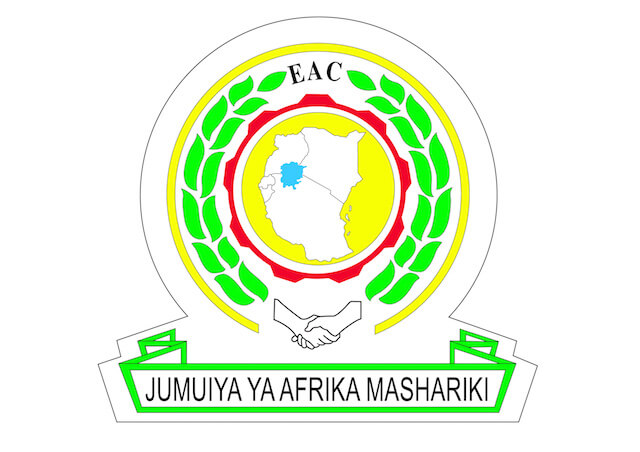In Summary EABC Chairman Nicholas Nesbitt noted that the EAC bloc should work to attract international investors and embark on joint regional investments. The EAC Gross Domestic Product growth is projected at 3.5 per cent in 2021 and 4.7 per cent in 2022 according to the Africa Development Bank. The East African Business Council(EABC) is calling for a coordinated approach on Covid-19 measures to spur economic recovery and growth in the East Africa region. EABC Chairman Nicholas Nesbitt noted that the EAC bloc should work to attract international investors and embark on joint regional investments in the vaccine manufacturing industry for quick economic recovery. Nesbitt said that joint EAC investment offers a larger pool of capital resources, expertise and market. Low access to vaccines, slow vaccine roll-out and potentially high cost of vaccinations risk holding back the recovery of EAC economies. The EAC Gross Domestic Product growth is projected at 3.5 per cent in 2021 and 4.7 per cent in 2022 according to the Africa Development Bank. The Board directed the EABC Secretariat to champion advocacy on the adoption of open skies and One Network Area to reduce the cost of doing business in the region. Open Skies attract regional tourism and improve consolidation of EAC exports to overseas markets such as horticulture. This is critical to support the resilience and recovery of tourism, hospitality and transport sectors highly impacted by the pandemic. EAC Partner States lost an estimate of $4.2billion of international tourism receipts in the year 2020. EABC...
East African Business Council to champion EAC economic growth
Posted on: July 26, 2021
Posted on: July 26, 2021
























